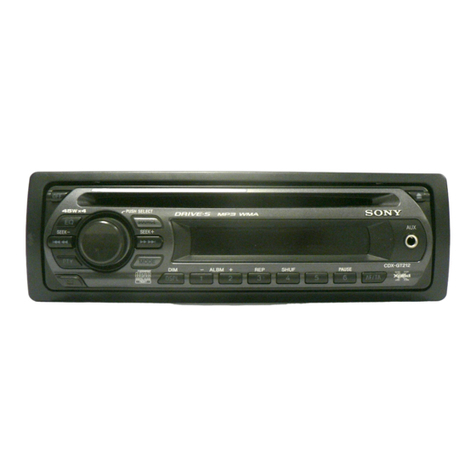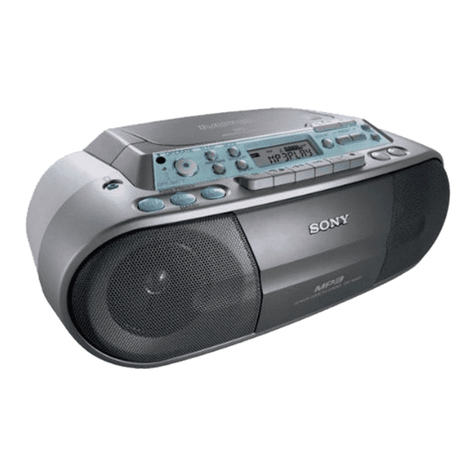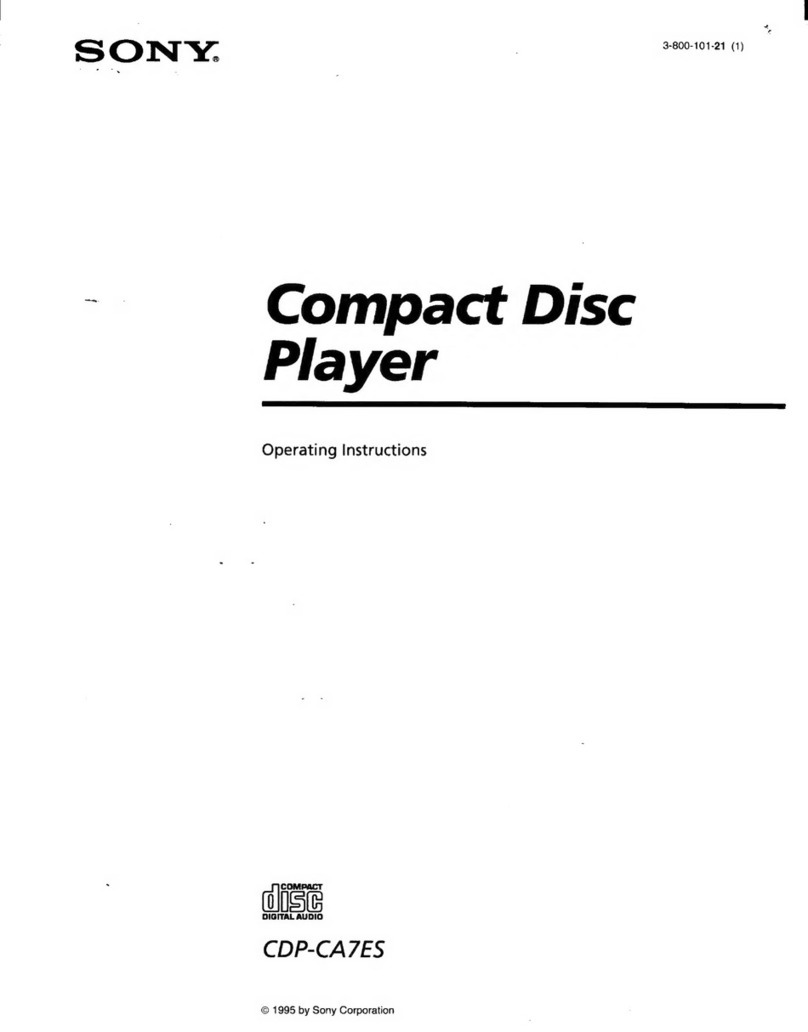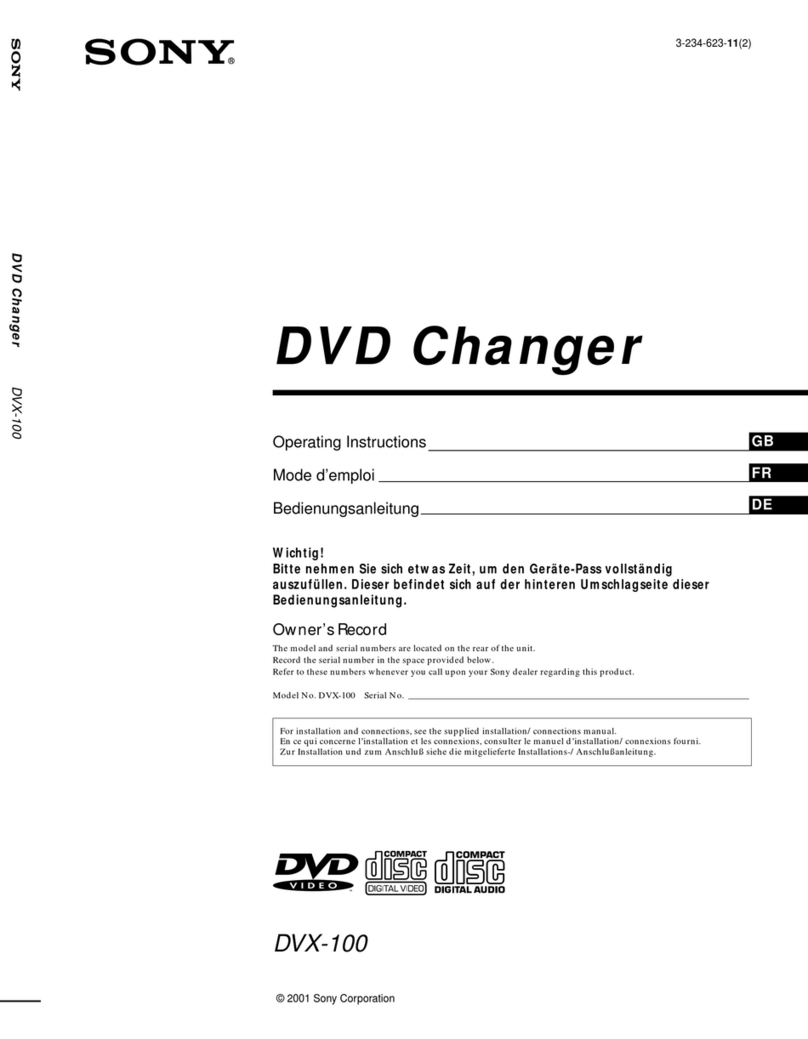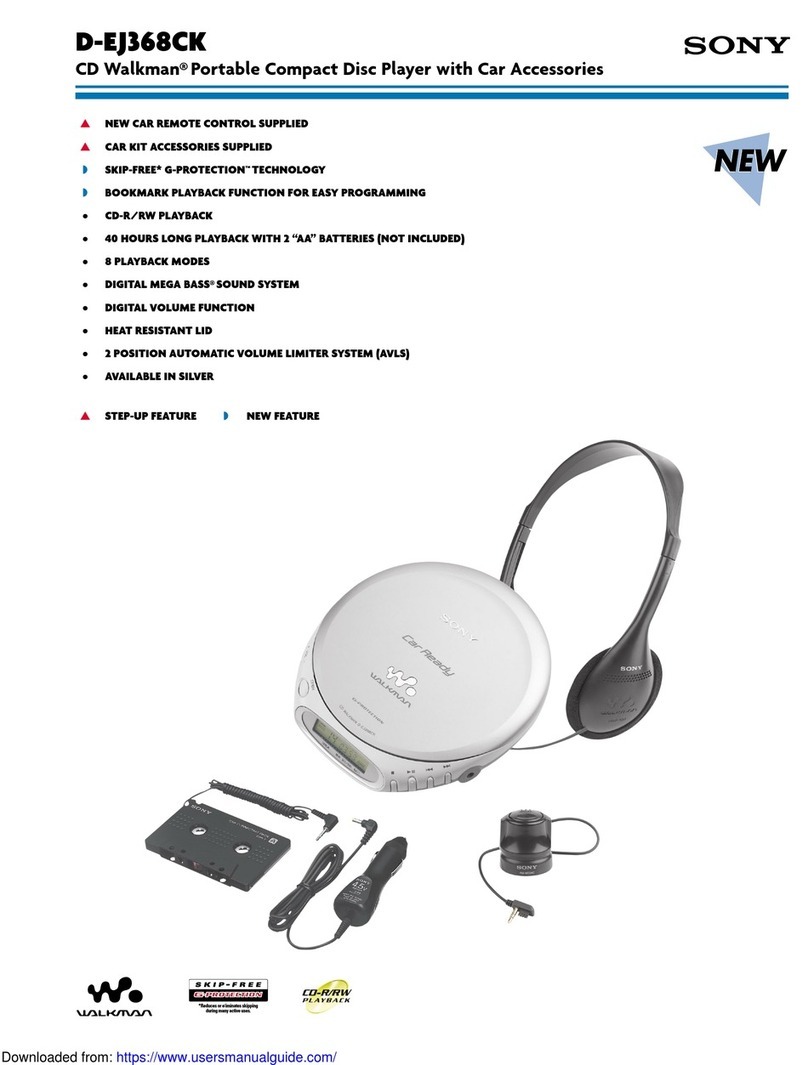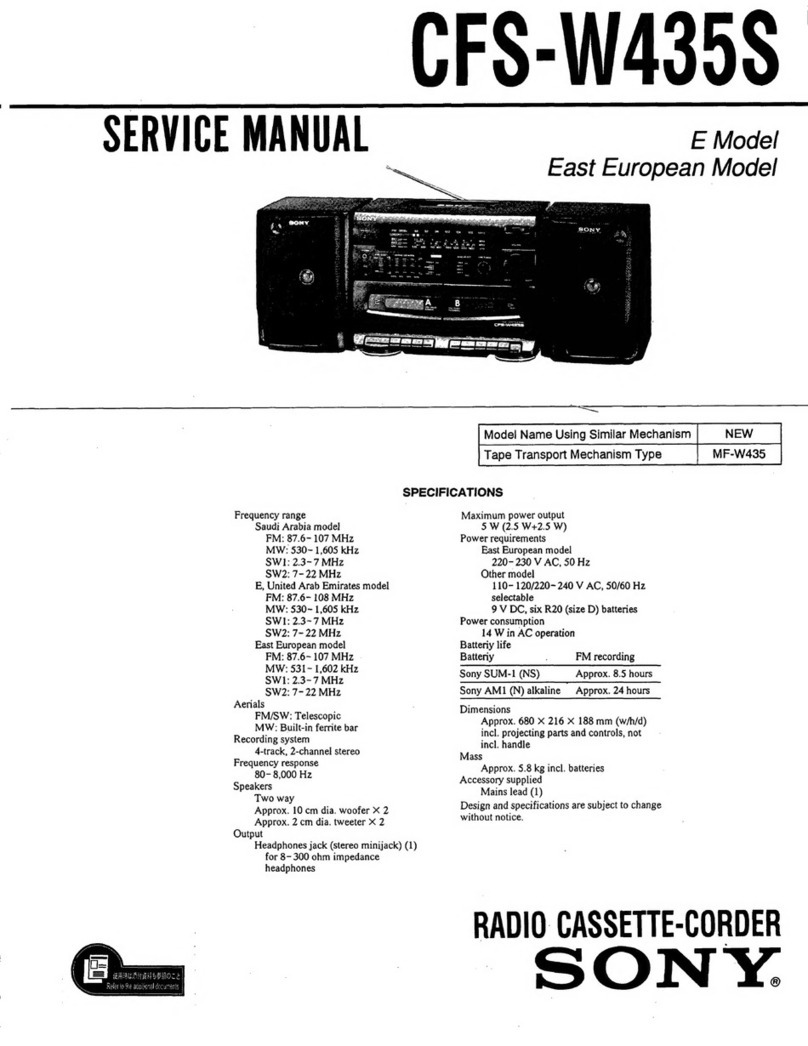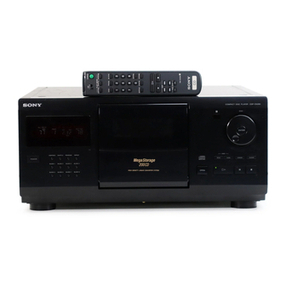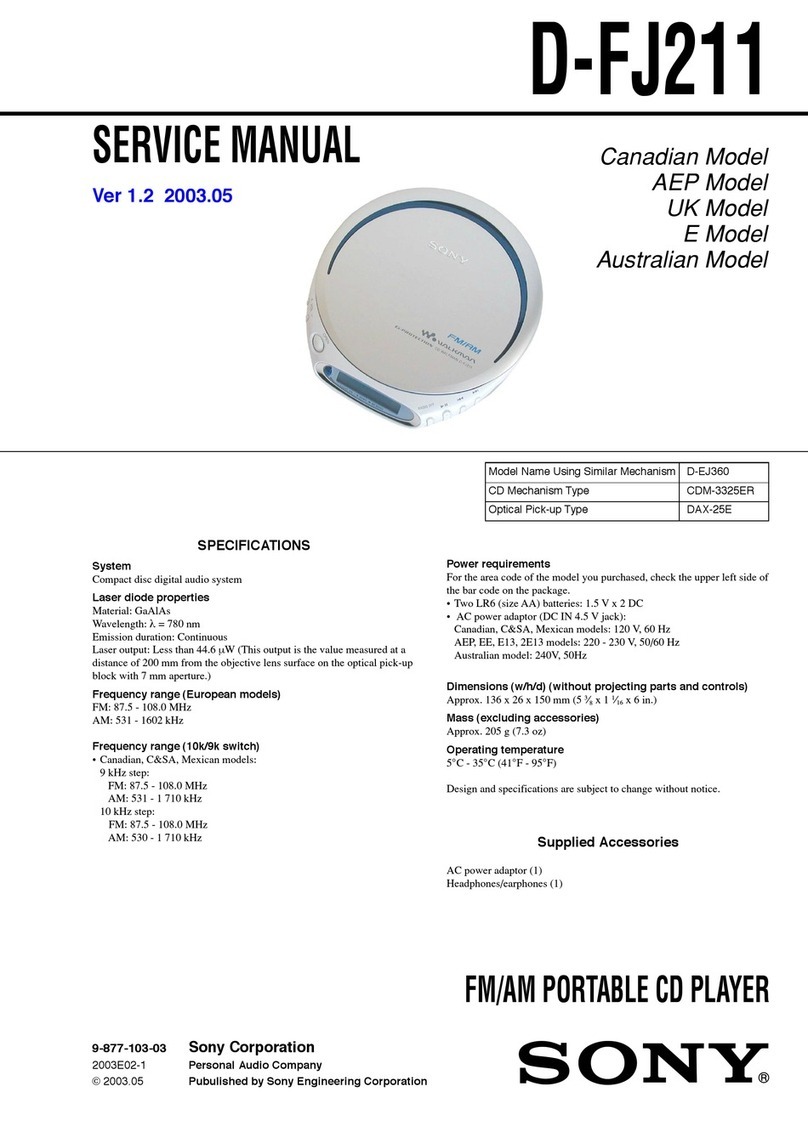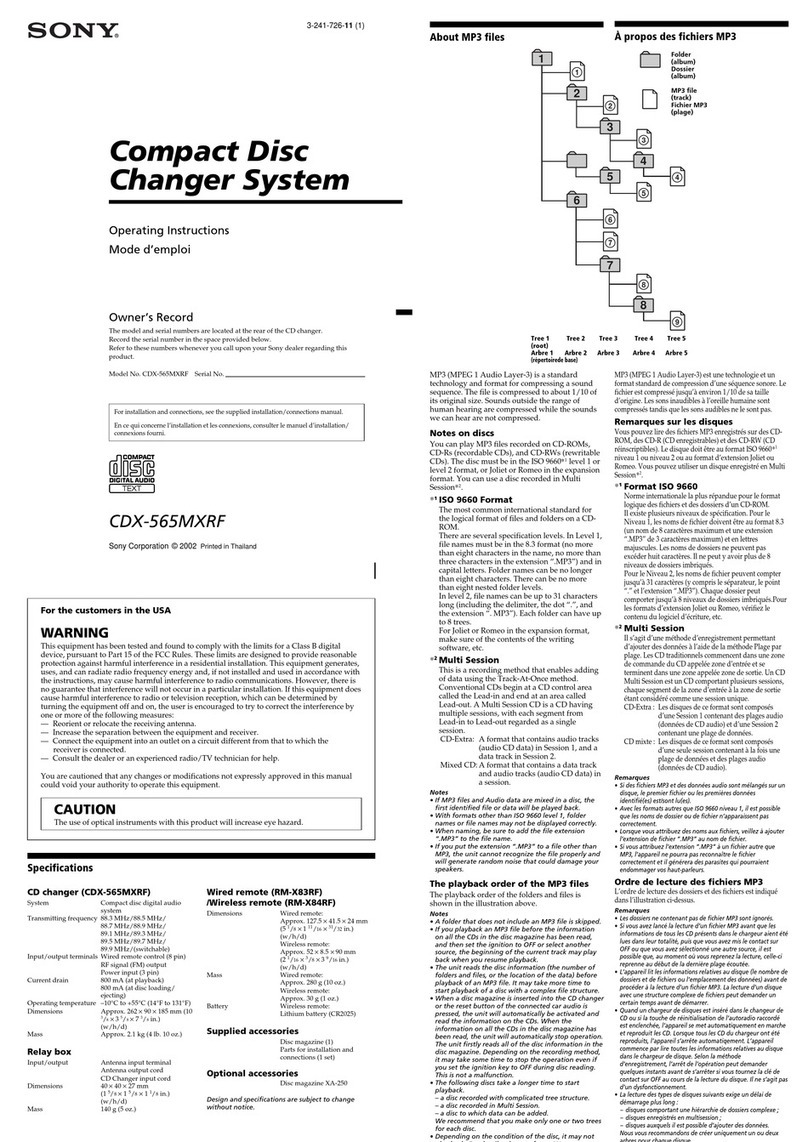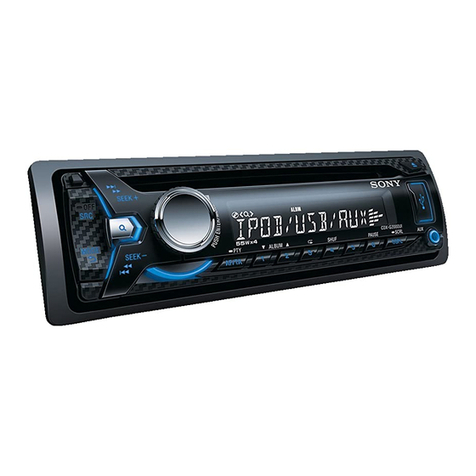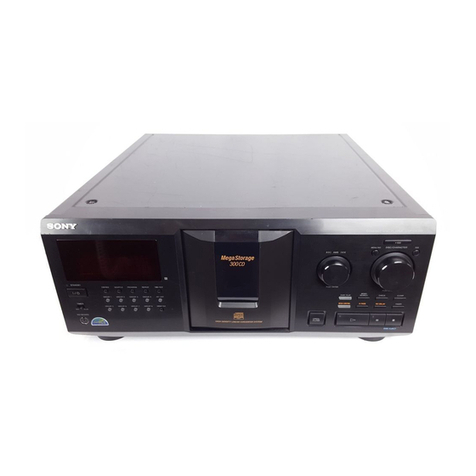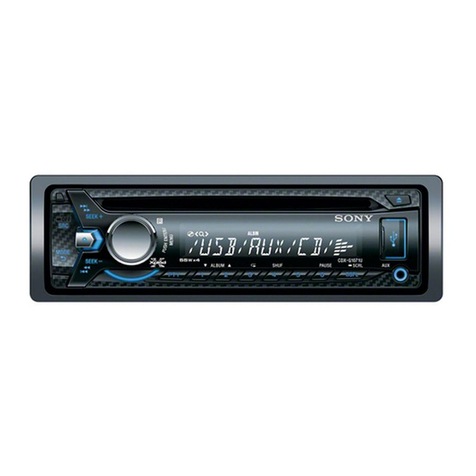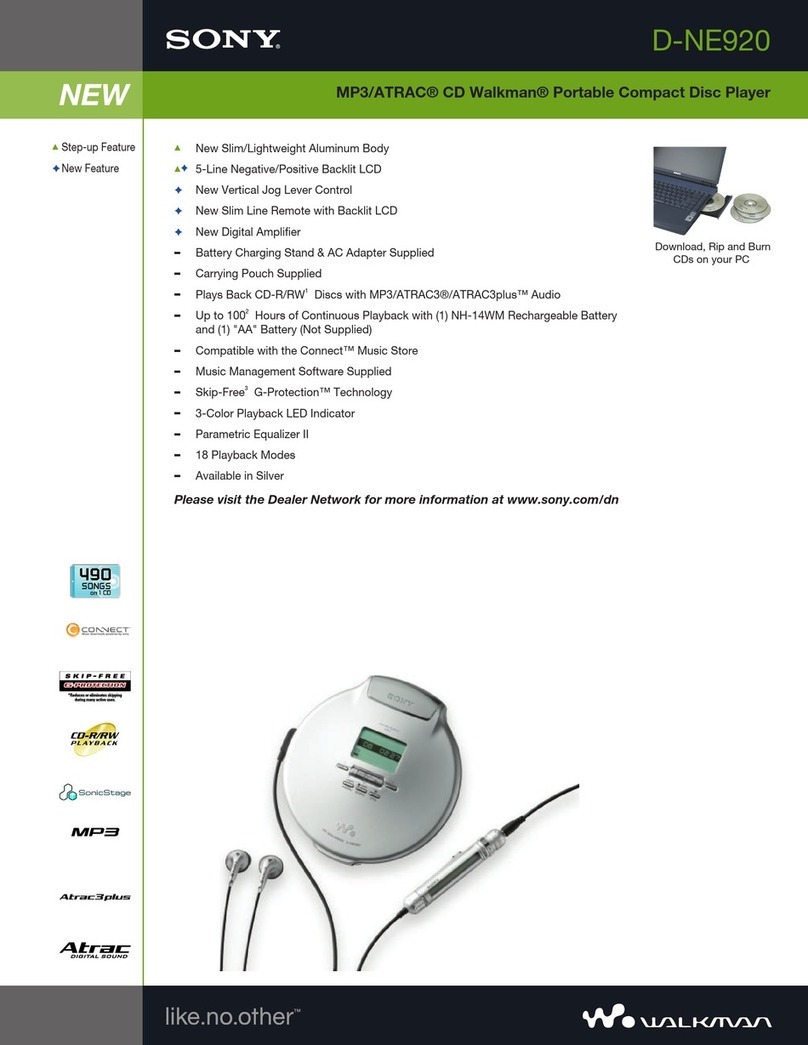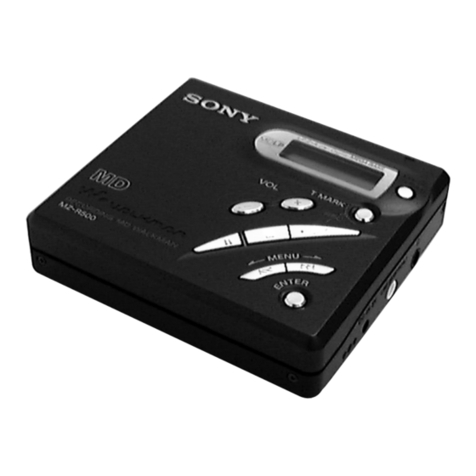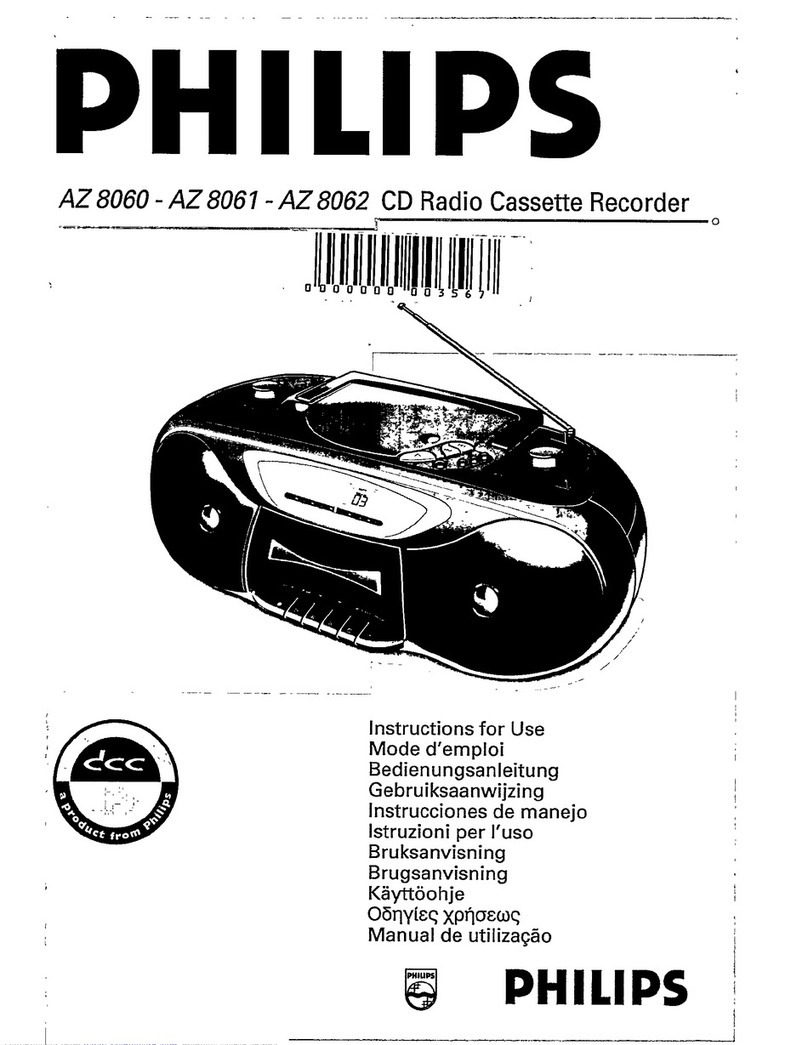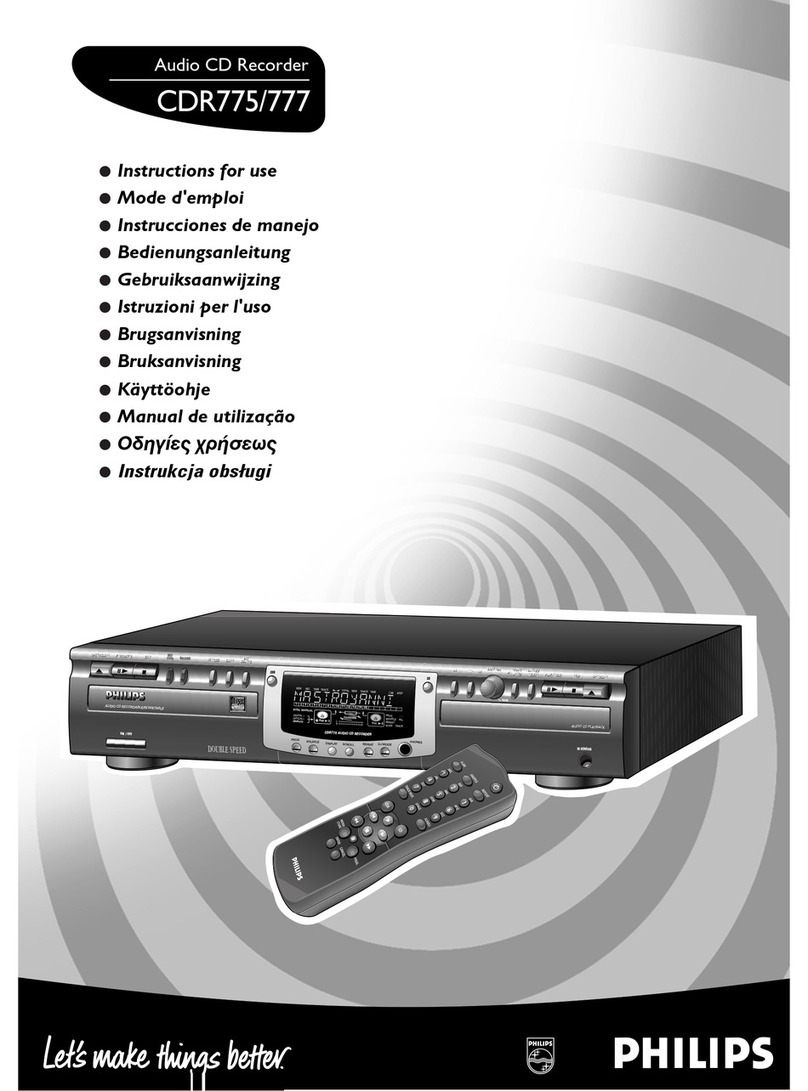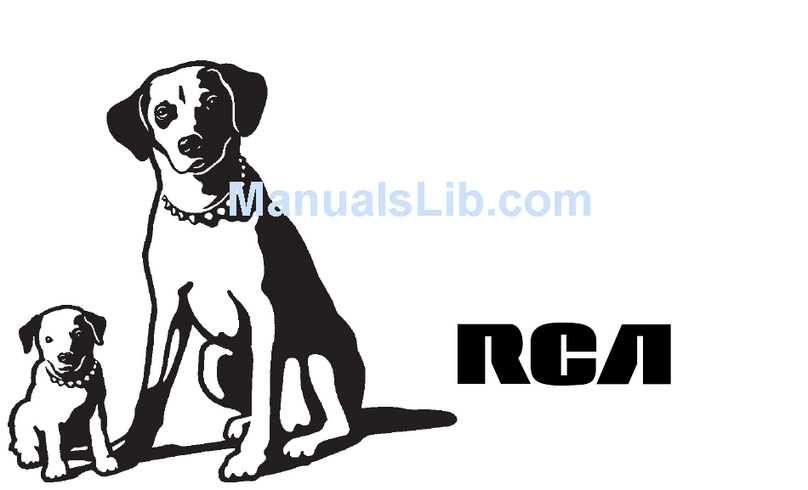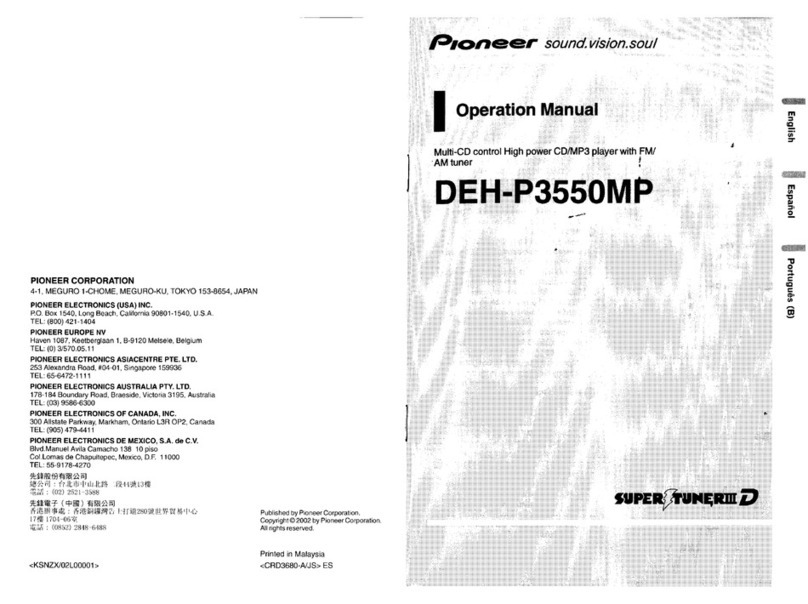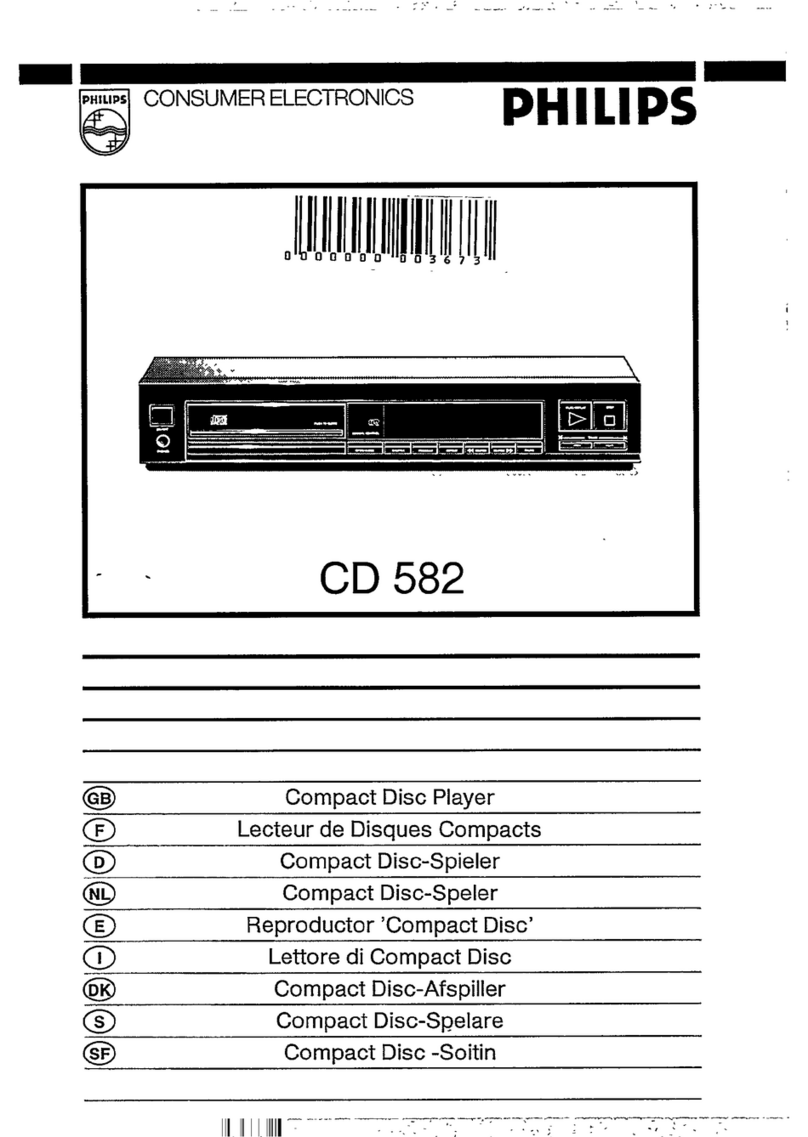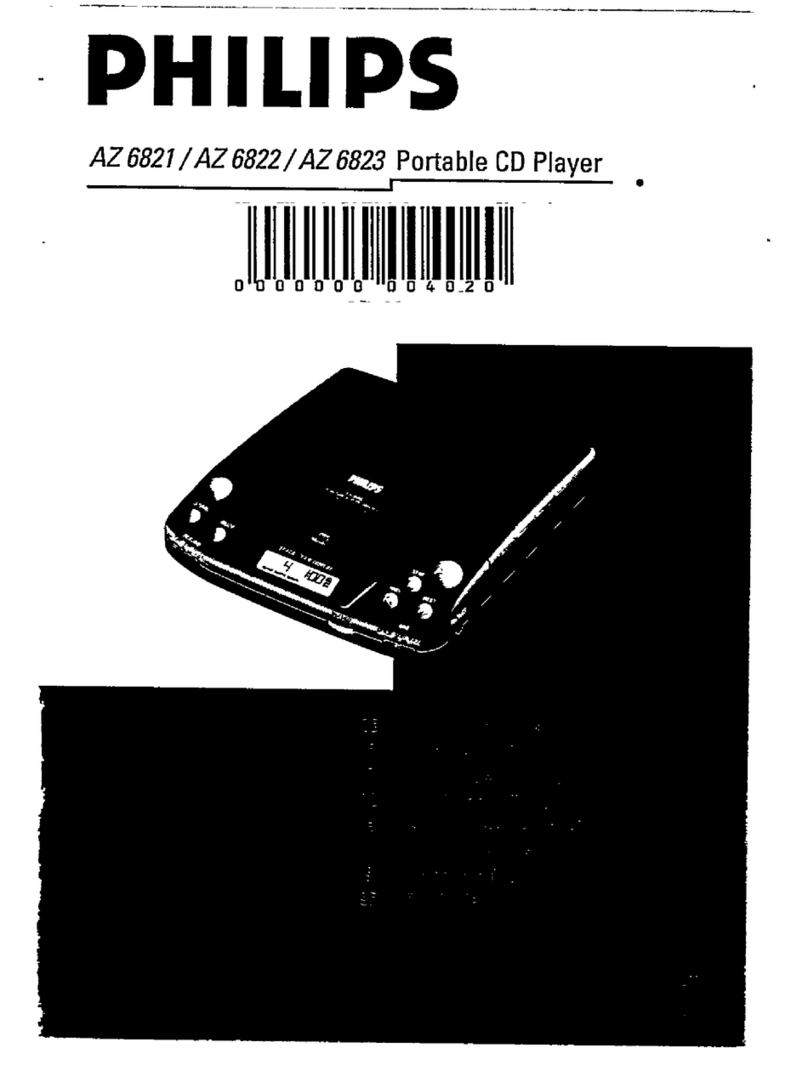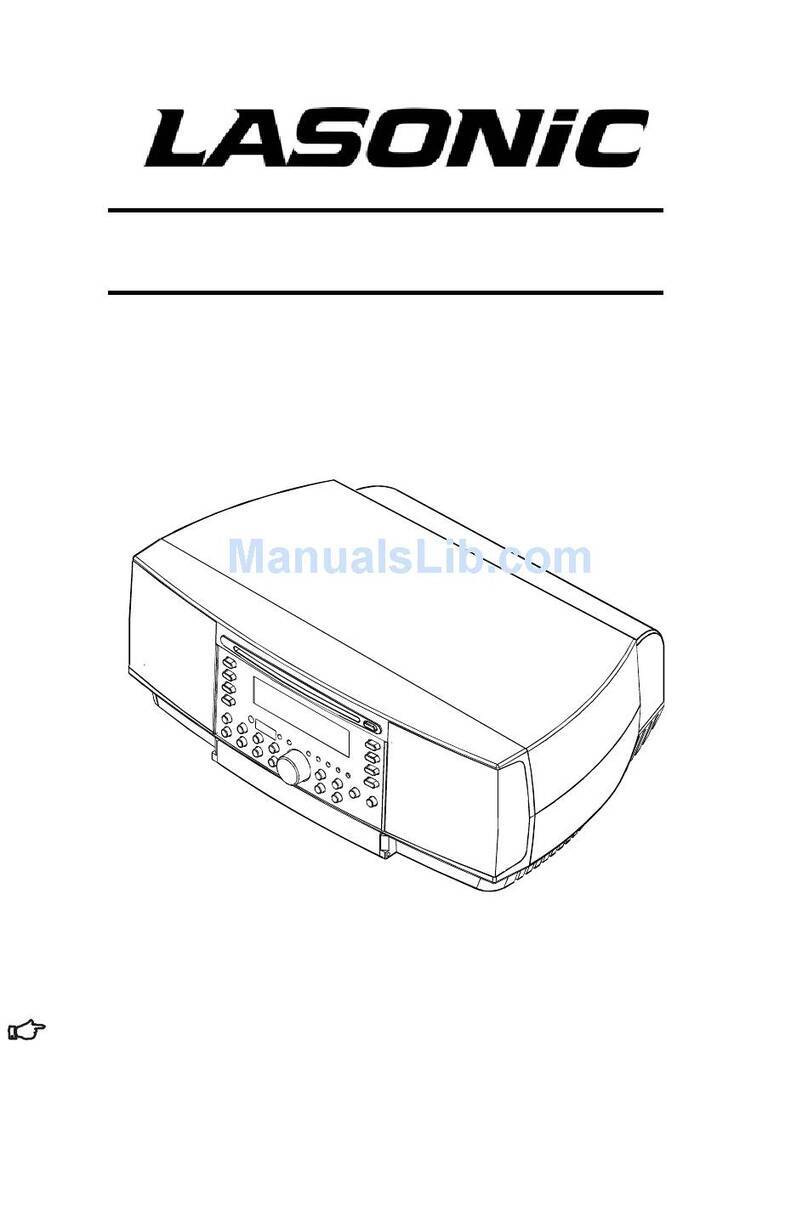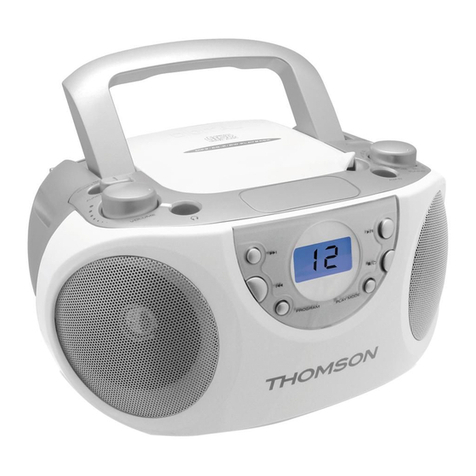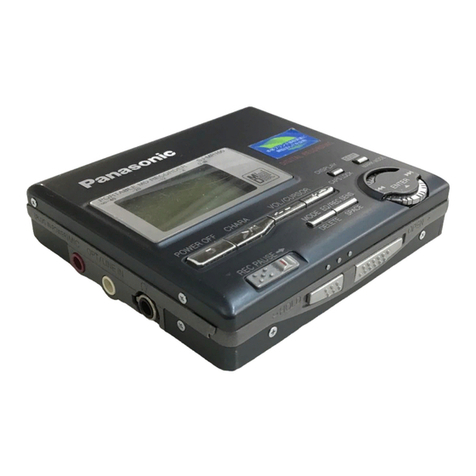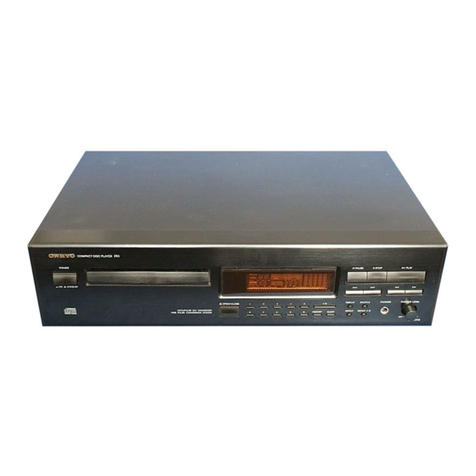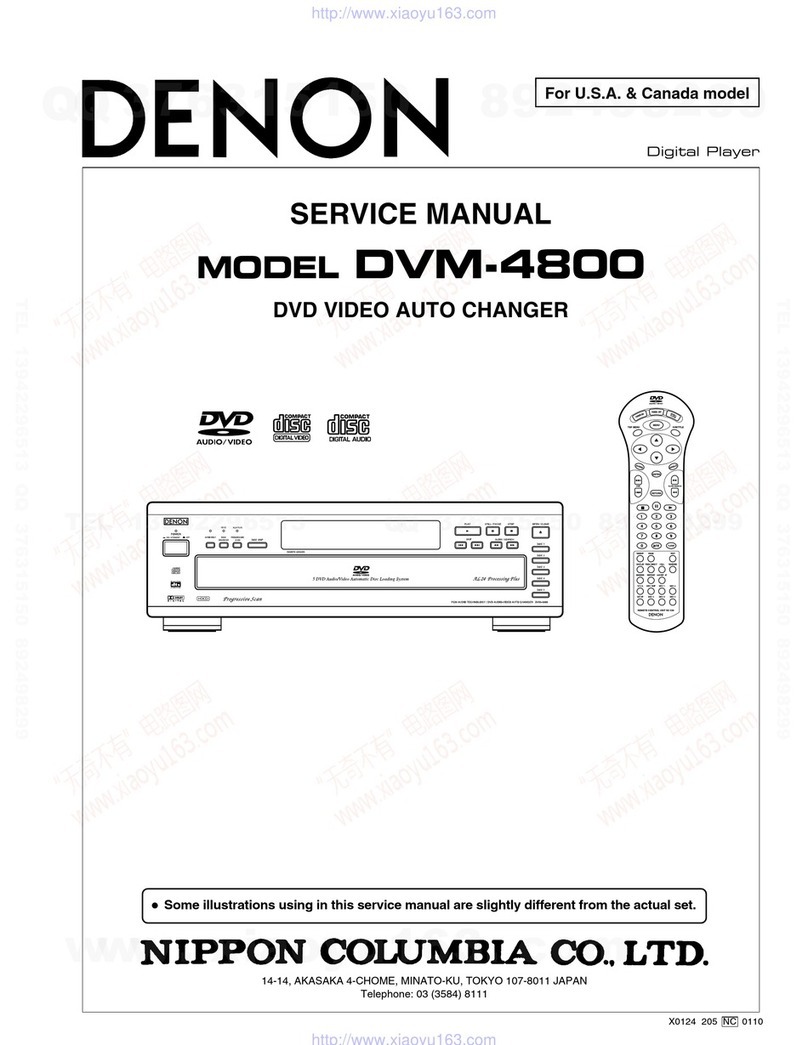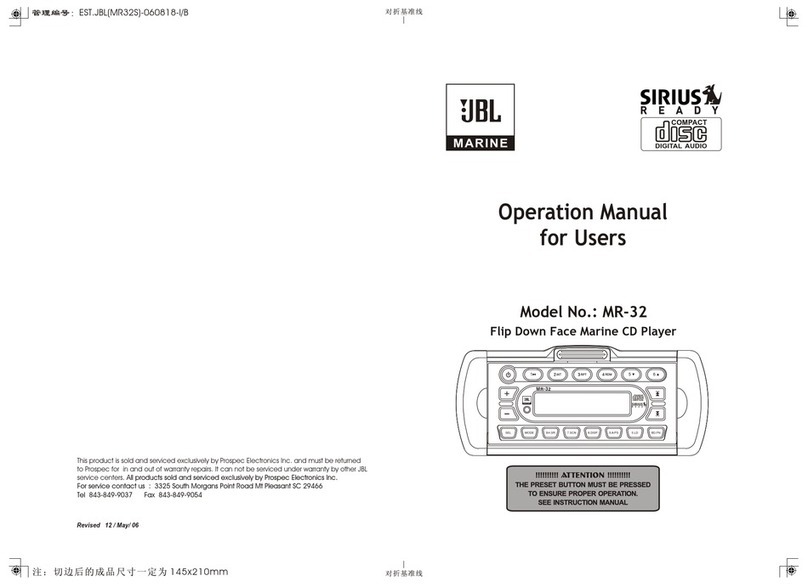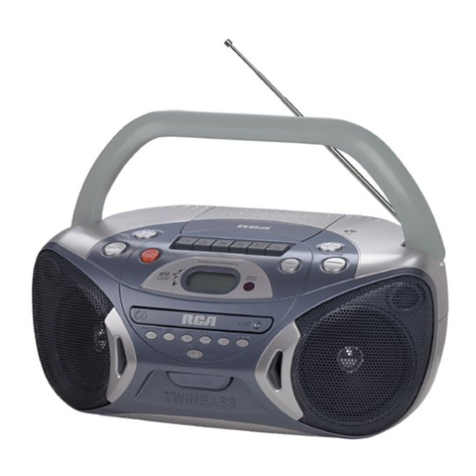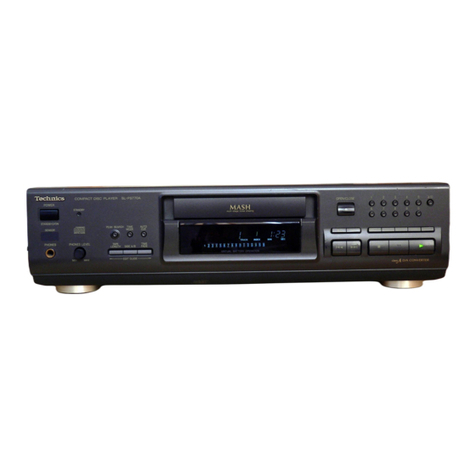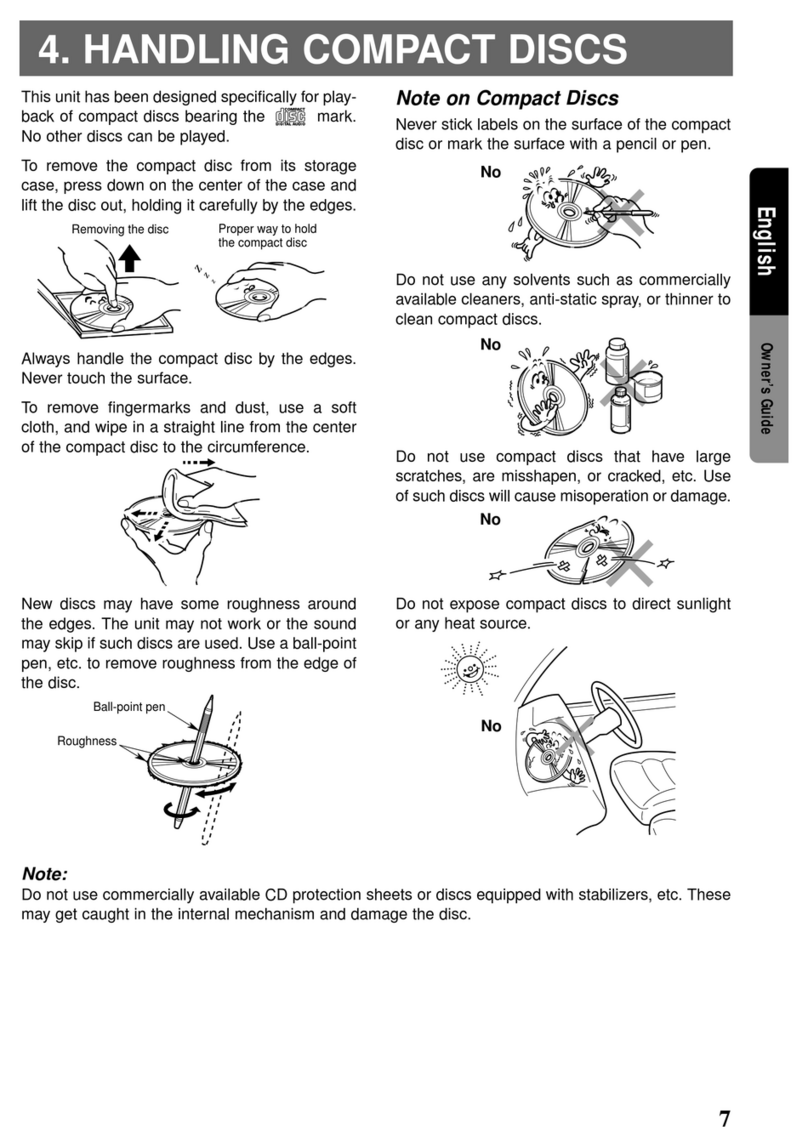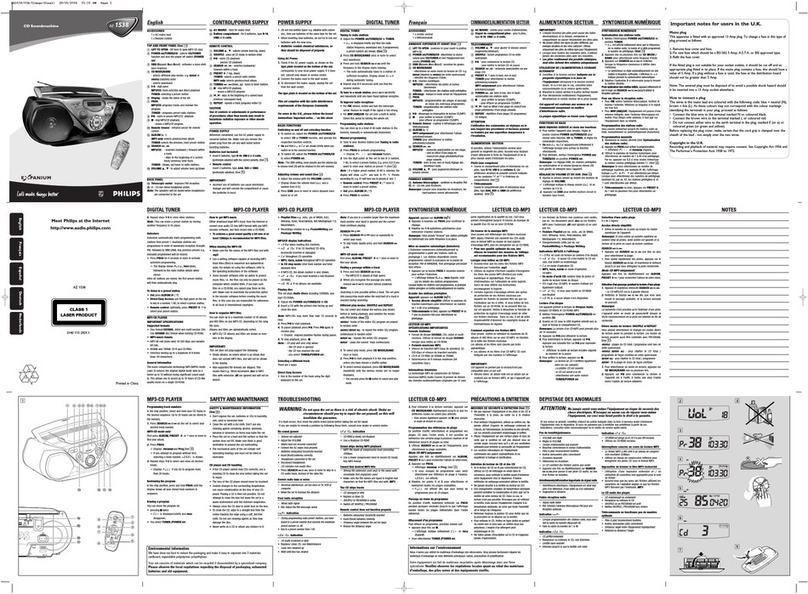CFD-S05
3
1. SERVICING NOTES ............................................. 4
2. DISASSEMBLY
2-1. Cabinet (Upper) Section ................................................. 6
2-2. Cabinet (Front) Section................................................... 6
2-3. MAIN Board ................................................................... 7
2-4. POWER Board................................................................ 7
2-5. CD Block Assy................................................................ 8
2-6. MOTOR Board ............................................................... 8
2-7. CD Lid ............................................................................ 9
2-8. MD Block Assy............................................................... 9
2-9. Cassette Lid..................................................................... 10
2-10. KEY Board...................................................................... 10
3. MECHANICAL ADJUSTMENTS ...................... 11
4. ELECTRICAL ADJUSTMENTS
Tape Section.................................................................... 11
Tuner Section .................................................................. 12
CD Section...................................................................... 13
5. DIAGRAMS
5-1. Block Diagram –CD Section– ........................................ 15
5-2. Block Diagram –Main Section– ..................................... 16
5-3. Printed Wiring Board –Main Section–............................ 18
5-4. Printed Wiring Boards –Key, Power Section–................ 19
5-5. Schematic Diagram –Main Section (1/3)–...................... 20
5-6. Schematic Diagram –Main Section (2/3)–...................... 21
5-7. Schematic Diagram –Main Section (3/3)–...................... 22
5-8. Schematic Diagram –Key Section– ................................ 23
5-9. Schematic Diagram –Power Section–............................. 24
6. EXPLODED VIEWS
6-1. Overall Section ............................................................... 30
6-2. Cabinet (Front) Section................................................... 31
6-3. Cabinet (Upper) Section (1)............................................ 32
6-4. Cabinet (Upper) Section (2)............................................ 33
6-5. Cabinet (Rear) Section.................................................... 34
7. ELECTRICAL PARTS LIST .............................. 35
TABLE OF CONTENTS
UNLEADED SOLDER
Boards requiring use of unleaded solder are printed with the lead-
free mark (LF) indicating the solder contains no lead.
(Caution: Some printed circuit boards may not come printed with
the lead free mark due to their particular size)
: LEAD FREE MARK
Unleaded solder has the following characteristics.
• Unleaded solder melts at a temperature about 40 °C higher
than ordinary solder.
Ordinary soldering irons can be used but the iron tip has to be
applied to the solder joint for a slightly longer time.
Soldering irons using a temperature regulator should be set to
about 350 °C.
Caution: The printed pattern (copper foil) may peel away if
the heated tip is applied for too long, so be careful!
• Strong viscosity
Unleaded solder is more viscous (sticky, less prone to flow)
than ordinary solder so use caution not to let solder bridges
occur such as on IC pins, etc.
• Usable with ordinary solder
It is best to use only unleaded solder but unleaded solder may
also be added to ordinary solder.

